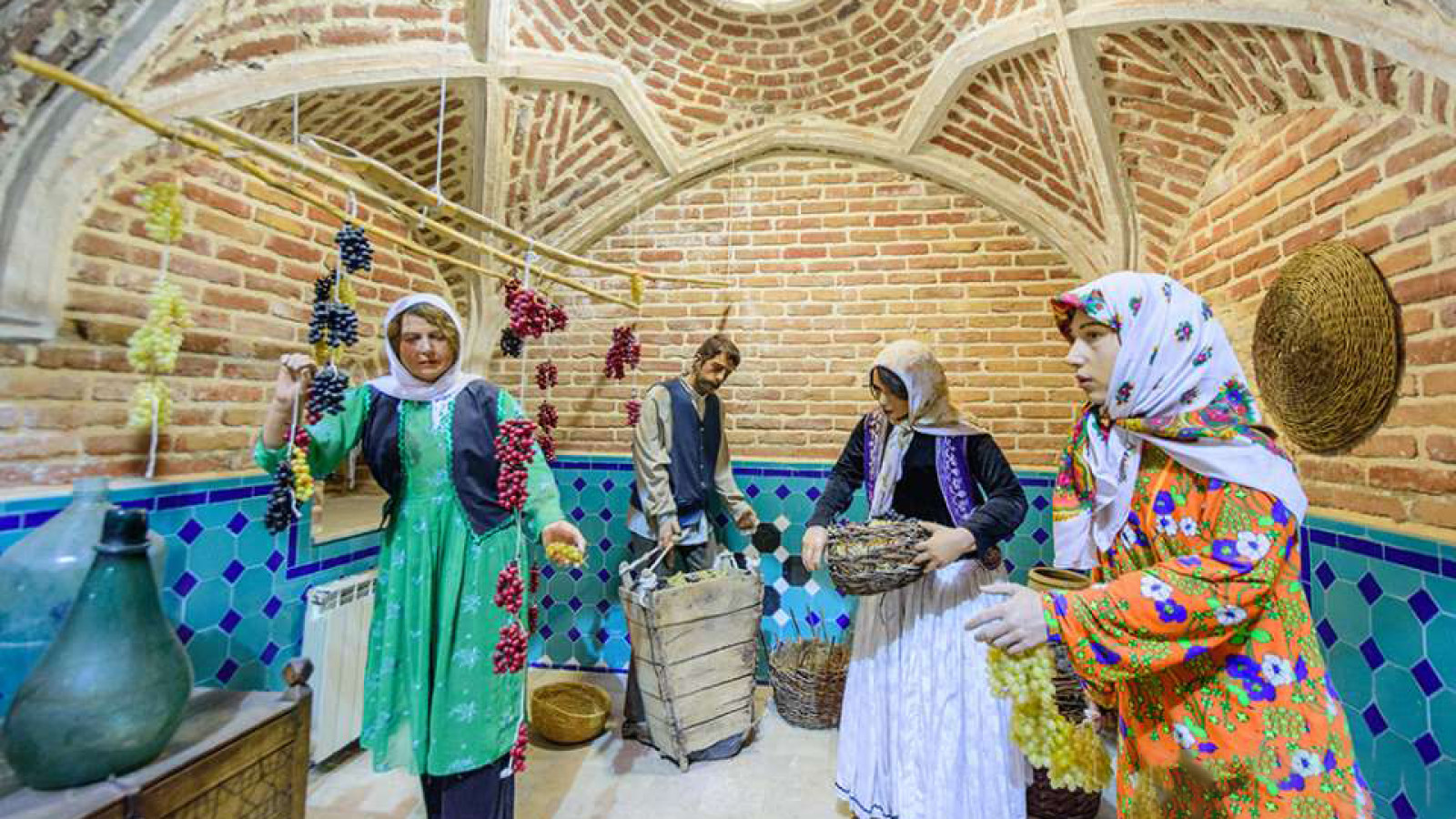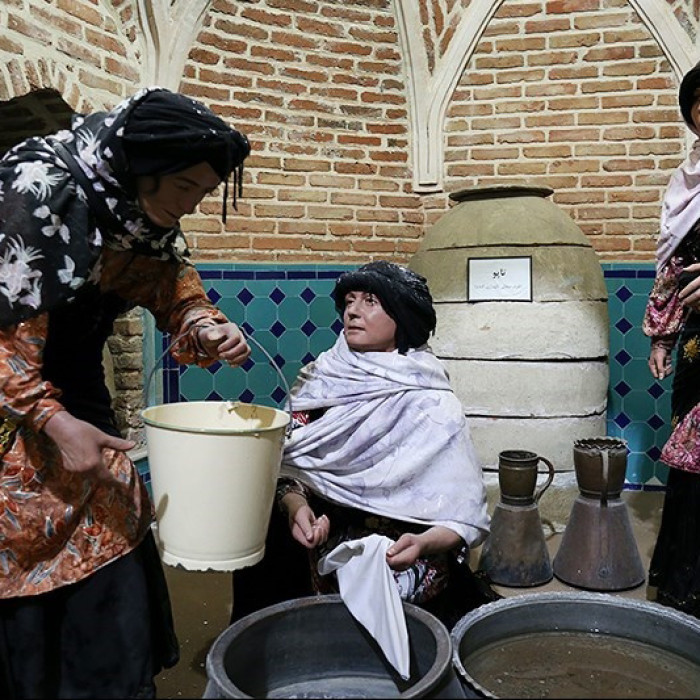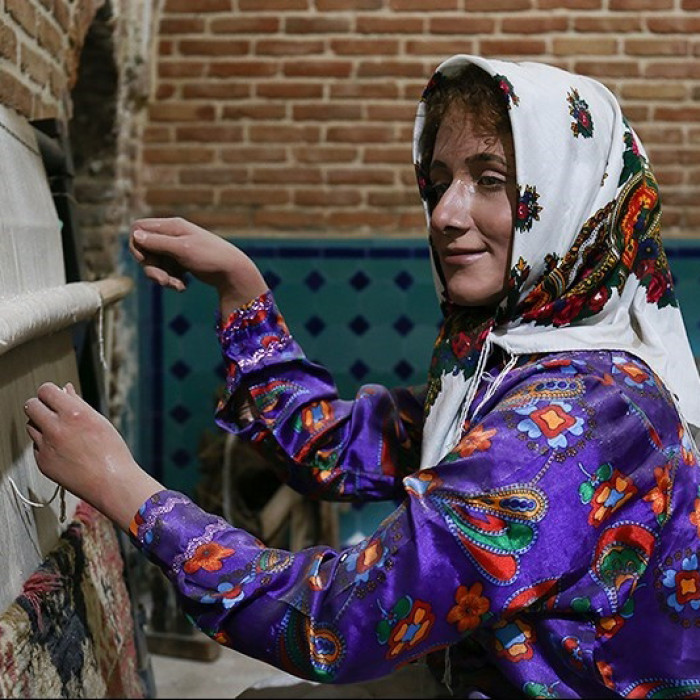
Qazvin is a province in the northwest of Iran in the neighborhood of Mazandaran, Gilan, Hamedan, Zangan, Markazi and Alborz provinces. The main population of this province are constituted of Fars people and they speak in Farsi language with Qazvini dialect. Qazvin is a mountainous and cold region and it is an effective factor on the clothing of people in this area. The existence of Alamut castle adds to the historical importance of this region and the influence of its juxtaposition with Gilan province can be seen in the special cloths of women in this region and their similarities. Qazvin men wore a plain shirt in the past that was then replaced by some long collars named Kazakh and finally it was converted into mullah collar. A total clothing, open and long, for covering other clothes was popular among Qazvin men that was named Arkhalig. Its waist was tight and it had two slashes, each at one side, started from the waist and ended in the ankle. The dominant footwear of Qazvin men was some Gives named Joorab and Ajideh. The richer social classes also wear Melki Giveh that was a kind of high quality and delicate shoes. The men’s pants were long and loose tightened differently among different social classes. The interesting point in the description of men’s clothing in Qazvin is the popularity of hat among them that indicates their social position and economic conditions. women wore Shaliteh in this area that was embroidered for the youngers. They wore a short coat named Yal that was more popular among the rich women and closed with eighteen metal buttons in front. They put on pants under the Shaliteh that had a tight ankle and tightened its waist using a strip. Kevink, Jomeh, Shag, Kol Choogha, Qerqereh Tombon and Uzon Tombon are other local clothing popular in Qazvin. The interesting point about the clothing of women in this region is the importance of the footwear in terms of their social position and economic situations, so that the weaker groups wore Giveh and the richer ones put on the leather shoes.

